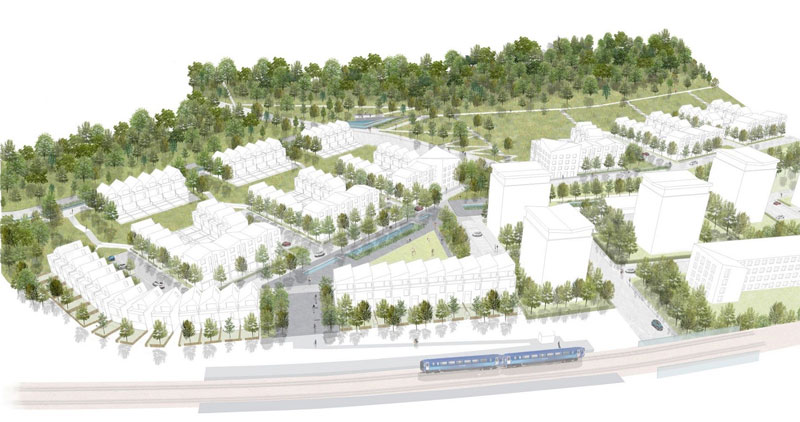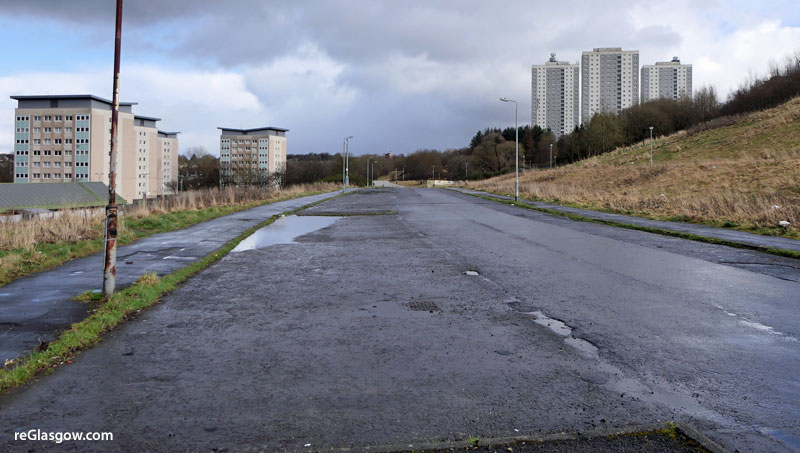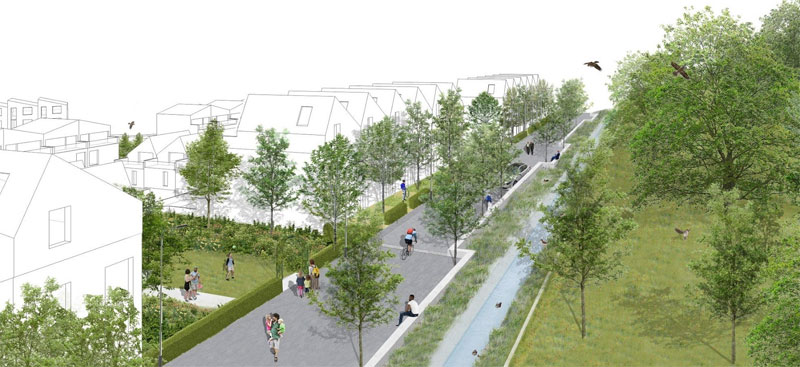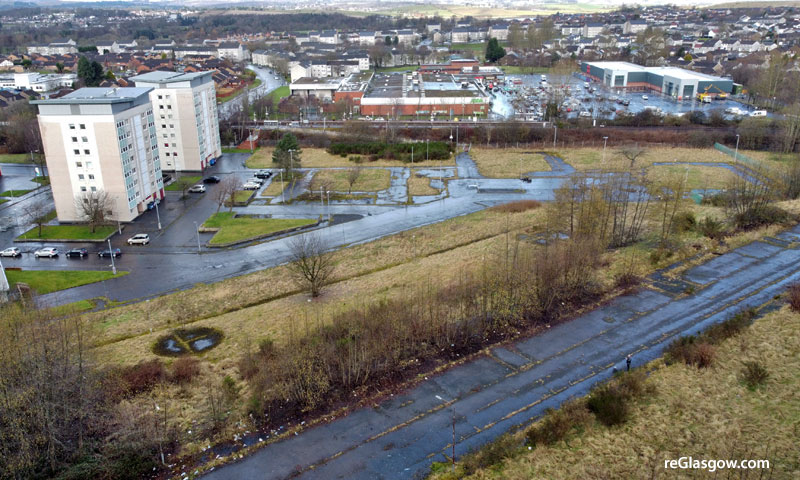
AN ambitious vision to turn North Maryhill into an attractive, green, climate-change resilient and connected neighbourhood is moving forward, following consideration by city councillors.

The Maryhill Transformational Regeneration Area (TRA) covers areas situated either side of Maryhill Road: to the north lies the North Maryhill/Gilshochill area, and to the south lies The Botany and Valley areas (Maryhill Locks), with recent development activity focused on the latter.
The aim of this TRA — a partnership between Glasgow City Council, Glasgow Housing Association and the Scottish Government, with Maryhill Housing Association — is to transform areas formerly dominated by poor housing by providing new sustainable mixed-tenure communities benefiting from strong links to the canal and River Kelvin green corridors.
Completed development activity includes works carried out by Maryhill Housing Association (MHA) and Cube Housing Association that has generated more than 225 units for social rent and affordable housing.
In addition is the delivery of a further 73 housing units, developed by BIGG Regeneration for private sale; and other works in the area include a self-build pilot scheme at Bantaskin Street which is seeing the creation of six plots for private residential development for people building their own home.
With the regeneration activity progressing well in the south area, focus is now shifting to the north section and an ambition for a comprehensive redevelopment of Maryhill North into an area with attractive homes set within a high-quality landscape framework that serves as a multi-functional and connected greenspace for people to enjoy and nature to flourish.
Challenges including the poor quality, derelict, unmanaged green space; low-lying ground in the north of the site is at an increased risk of surface water flooding; disconnection from the wider active travel network; a number of barriers to movement within and surrounding the site, including steep slopes (significant parts of the site are steeper than one in five); and limited crossing points of transport infrastructure (rail line, canal, road).

Consultation earlier this year on proposals for green infrastructure in North Maryhill found that a majority supported plans for more usable greenspace and improved cycling and walking routes, and mixed housing types, especially for more family homes.
This helped inform the final version of the vision document for North Maryhill Green Infrastructure.

The masterplan calls for a neighbourhood with a strong sense of place and identity, with housing clustered around and overlooking neighbourhood green space, and featuring surface water management, habitat creation and wider public transport and active travel links.
The next steps include finalising a strategy for implementation; investigation into funding streams; develop housing proposal; and further community engagement.


Councillor Ruari Kelly, chair of the Neighbourhoods, Housing and Public Committee at Glasgow City Council, said: “This is the next step in the ongoing transformation of Maryhill and the wider north of Glasgow.
“Our ambitious plans will see vacant and derelict sites turned into the vibrant new neighbourhoods which Maryhill’s residents deserve, with open green spaces and better links for walking, cycling and wheeling.
“Too many pockets of Glasgow’s north have lain derelict and abandoned for too long, but giving these sites new purpose for residential, community, economic and recreational use is a priority we’re delivering on.
“Residents have told us what they need and want from us. They are partners in our plans, and their views are reflected in our shared vision.
“I’m proud to see these plans emerge and confident that very soon it will be another successful and thriving new community playing its part in the north of Glasgow’s re-emergence.”


